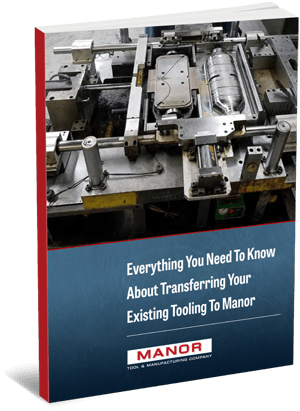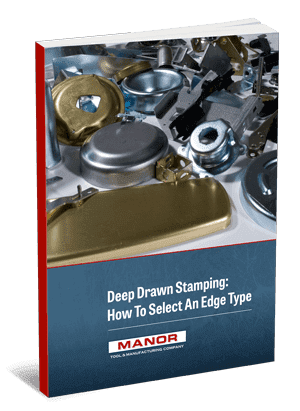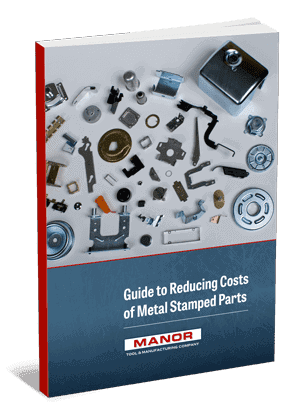Metal Fabrication
Metal fabrication is an extremely broad term encompassing a range of metalwork processes. In general, any procedure that cuts or shapes metal into a final product can be considered a form of metal fabrication. These techniques are typically applied to either raw metal or used to reshape stock components like sheets or rods. While some metals like aluminum, brass, copper, and steel are more common because of their characteristics, metal fabrication can be used to shape almost any type of metal.
An experienced metal fabricator can transform a range of raw materials into virtually any geometry, selecting the appropriate methods for the metal’s properties and the desired characteristics. For this reason, fabrication encompasses jobs of nearly any quantity or timetable so long as the necessary equipment is available.
Common Metal Fabrication Processes
The range of available metal fabrication processes is extensive. Still, many techniques are more widely used as they are applicable to multiple project types. Some of the most common methods include the following:
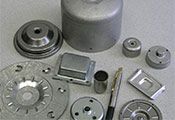 Drawing
Drawing
Drawing involves forcing molten or sheet metal through a tapered die to form a specific shape. Deep drawing is a related process used specifically to form parts into hollow geometries with depths exceeding their diameters. Drawing relies mainly on tensile force to shape the metal.
- Forging
Rather than applying tensile force, forging uses compressive force to shape metal into a desired form. The process involves strategically striking a hot or cold piece with a hammer or die to alter its shape.
- Extrusion
Extrusion is typically used to form cylindrical components—namely wiring or pipes. A ram feeds a billet through a narrow die to shape the rod and decrease its diameter.
- Punching
Punching drives a punch through a sheet of metal to create holes or indentations. These features can be decorative or serve a specific function in the product.
- Welding
Welding is an umbrella term for a range of specific techniques, all of which serve to join two metal pieces together. Welding typically relies on a combination of heat and pressure to join the components, although the specific application method varies.
- Drilling
A standard machining process, drilling uses drill bits to bore circular holes into a material.
- Milling
Milling is another common machining technique, relying on a milling machine or a router to shave material off a form until the desired shape is achieved. Milling is very versatile and can create multi-dimensional, multi-axis cuts.
- Turning
As the name suggests, turning employs a lathe to rotate a piece. Turning allows the piece to be shaped with a cutting tool or precise machinery into a variety of cylindrical forms.
Metal Fabrication Characteristics and Manor Capabilities
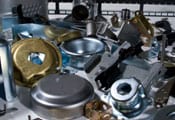
- Automotive
- Aerospace
- Construction
- Energy
Manor Tool manufactures precision metal stampings, formed components, assemblies, and sub-assemblies for applications across these and other industries. As an ISO 9001:2015-certified company, you’re assured that we’ll provide products of consistently superior quality.
Capabilities
We fabricate using a range of versatile materials. Some of the most common include:
- Aluminum
- Brass
- Carbon steel
- Nickel
- Copper
Our capabilities extend to other metals and materials, and we’ll work with you to determine the perfect fit for your design and/or application. We work with thicknesses from 0.005-0.500 inches, depending on the material and design.
Manor Metal Fabrication Services
Metal fabrication is a broad and complex field, so it’s important to rely on experienced, capable professionals with any fabrication job. Manor Tool takes pride in our ability to handle jobs of any size or complexity, working to exacting quality standards and timeframes.
Request a quote to learn more about how we can put these skills to work for you.





